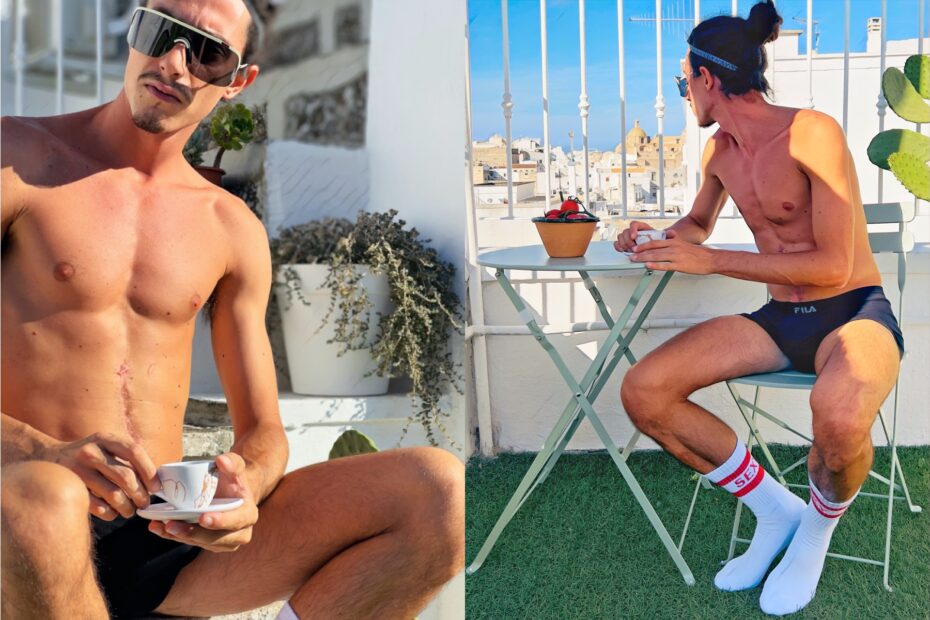Welcome to Puglia, Italy, where coffee isn’t just a drink but a way of life. In this region, coffee is a social ritual, and drinking it is an art form. From the bustling back streets of Barivecchia to its sleepy Salento towns, Puglia is a coffee lover’s paradise.


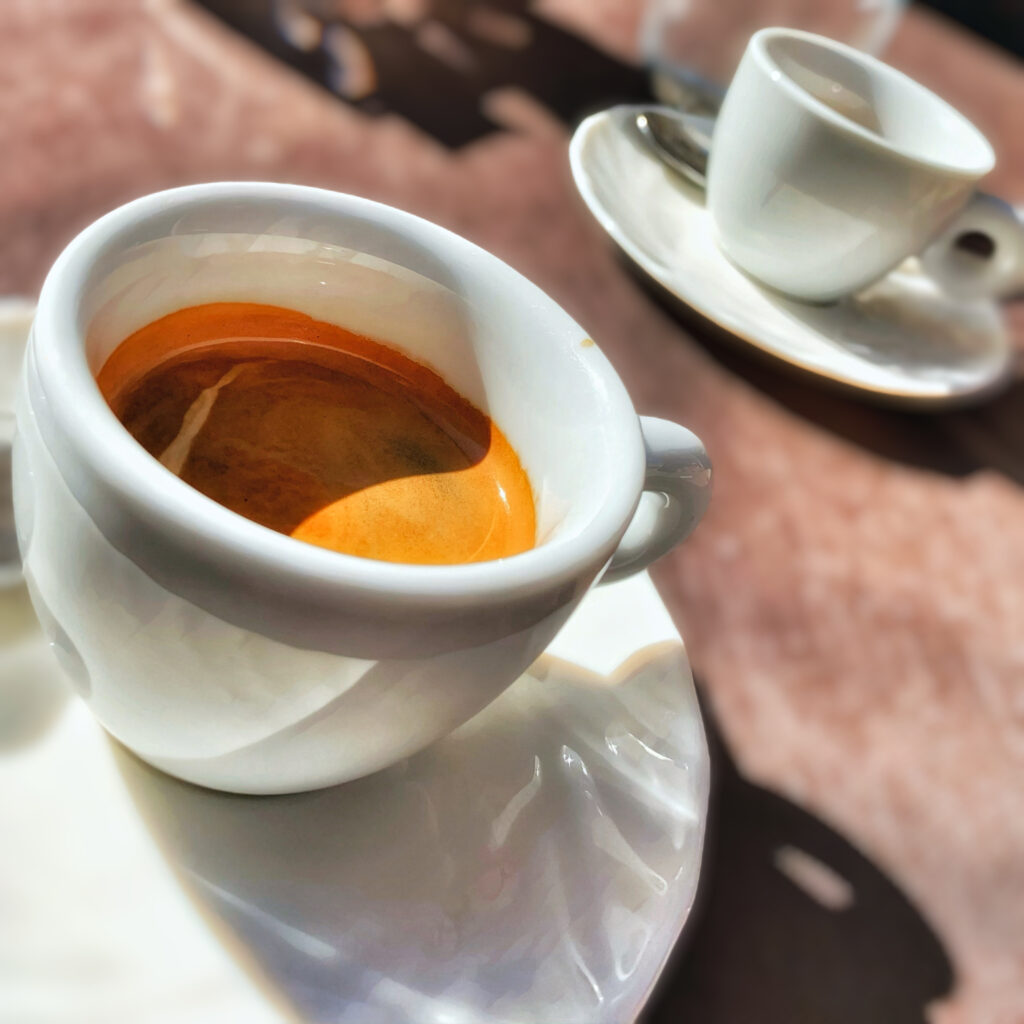
When visiting Puglia, you’ll quickly notice that the coffee culture here is different from what you might be used to. Italians generally stand at the bar to drink their coffee quickly and move on with their day, rather than sitting at a table.
In Puglia, the most common types of coffee you’ll find in bars are espresso (a shot of strong black coffee; this is the default if you ask for a caffè) and cappuccino (espresso with frothed milk). However, there are many other variations of coffee you can try, including:
- Macchiato: espresso with a small amount of frothed milk.
- Caffè lungo: espresso with more water, resulting in a longer drink.
- Caffè corretto: espresso with a shot of liquor (such as grappa or sambuca).
- Caffè shakerato: espresso shaken with ice and sugar, served in a chilled glass.
- Caffè freddo: cold coffee, often served with ice and sugar.
If you’re ordering a cappuccino, it’s important to note that in Italy, it’s generally only consumed in the morning. In fact, many Italians believe that drinking milk after midday is bad for digestion. So, if you’re looking to blend in with the locals, stick to espresso or macchiato in the afternoon.
Another thing to keep in mind when ordering coffee in Italy is that it’s common to pay extra if you sit down at a table rather than standing at the bar. In Puglia it is only a few cents more. At our favorite Ostuni haunt a caffè costs €1,20 if ordered at the bar compared to €1,50 at the table. If you’re in a rush, or just want to rub shoulders with locals, opt for the bar experience.
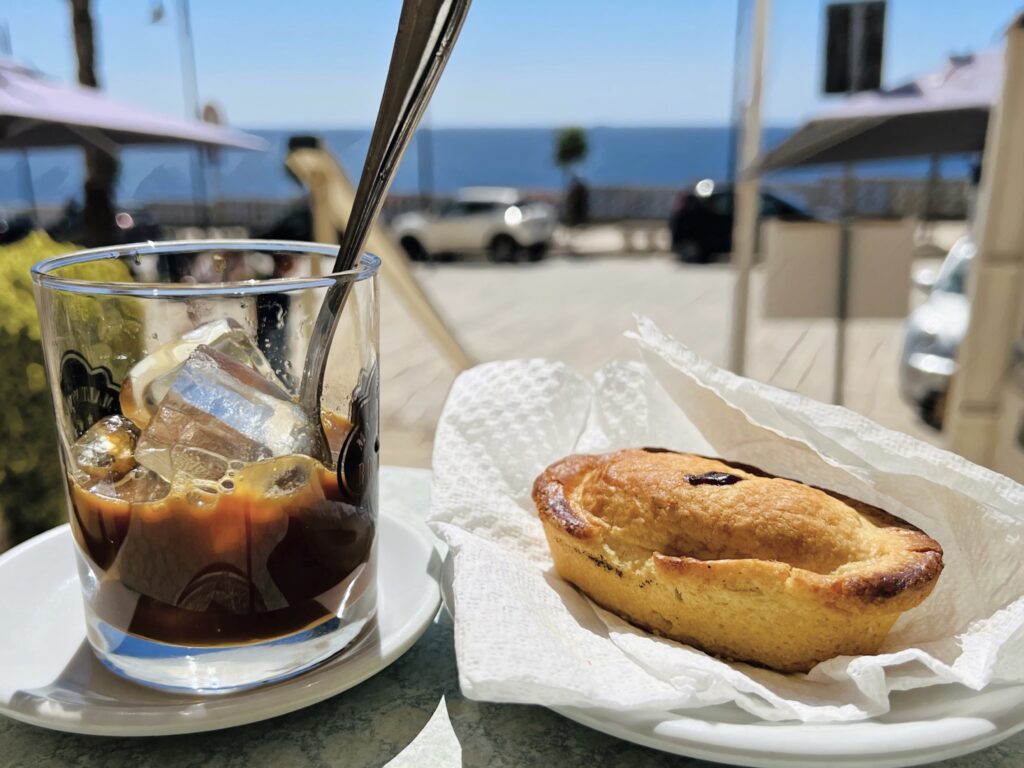
Caffè Leccese – sometimes ordered as “caffè con ghiaccio e latte di mandorla” – is a specialty coffee drink that originates from the city of Lecce. It’s made by mixing espresso with almond “milk” (in reality almond syrup, making it perfect for anyone who is lactose intolerant) and ice, resulting in a light and refreshing beverage that’s perfect for summer days.
Breakfast Al Bar
In Puglia a typical breakfast at a bar usually consists of an espresso, cappuccino, or latte, and a pastry; usually a pasticciotto or cornetto.
Pasticciotti are traditional, oval-shaped pastries filled with a creamy custard-like filling made from eggs, milk, sugar, and sometimes almond paste. They also come filled with pistachio crema, amarena, jam or Nutella. The cornetto is similar to a croissant, but typically sweeter and lighter in texture. Cornetti are served vuoto (empty, without filling) or can be filled with a variety of different fillings, such as Nutella, jam, or pastry cream.


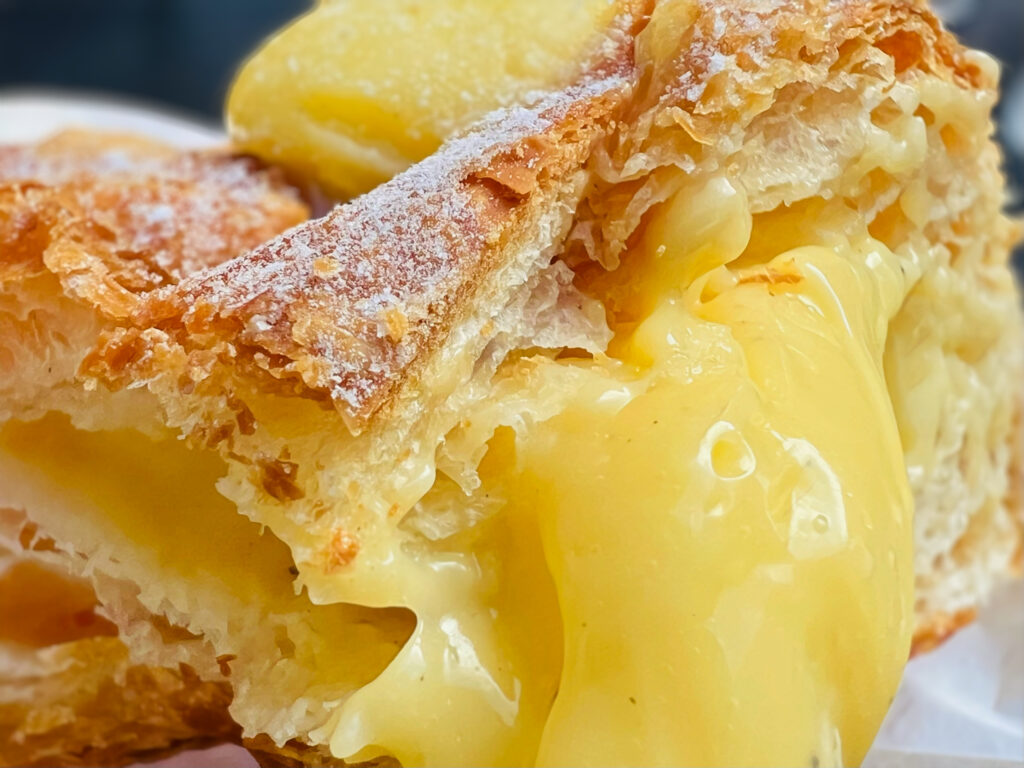
For something savory, try a rustico. This is a type of fried or baked turnover, typically filled with mozzarella cheese, tomato sauce, and bechamel sauce. You might find it with other ingredients such as chopped meat, onions, and peas.
Rustico pastry dough is made with flour, water, white wine, and olive oil, giving it a crispy and flaky texture. It is often shaped into a half-moon, a round or square shape and is sometimes sprinkled with sesame seeds or poppy seeds.
Vorrei (I would like)…
Here are some key words and phrases in Italian to use when ordering coffee at a bar in Italy:
- Un caffè: a coffee (espresso)
- Un caffè macchiato: an espresso with a small amount of milk
- Un caffè lungo: a long espresso
- Un cappuccino: a cappuccino (espresso with frothed milk)
- Un caffè latte: a coffee with milk (similar to a latte)
- Un caffè corretto: an espresso with a shot of liquor
- Un caffè shakerato: a shaken espresso with ice and sugar
- Un caffè freddo: a cold coffee
- Zucchero: sugar
- Senza zucchero: without sugar
- Caldo: hot
- Freddo: cold
- Al banco: at the counter (for standing at the bar)
- Al tavolo: at the table (for sitting at a table)
It’s also polite to use “per favore” (please) and “grazie” (thank you) when ordering. For example, “Un cappuccino per favore” (A cappuccino, please) and “Grazie” (Thank you) when receiving your order.
Perfect pronunciation
Here’s the pronunciation guide for the Italian phrases:
- Posso avere un caffè, per favore? (Poh-soh ah-veh-reh oon kah-feh, pehr fah-voh-reh?)
- Quanto costa? (Kwahn-toh koh-stah?)
- Vorrei un pasticciotto con crema, per favore. (Voh-reh-ee oon pah-stee-chee-oh-ttoh kohn kreh-mah, pehr fah-voh-reh.)
Some tips for pronunciation:
- In Italian, every letter is pronounced, so make sure to pronounce each syllable of the words.
- The stress in Italian words is usually on the second-to-last syllable. For example, “caffè” is pronounced “kah-feh” with the stress on the first syllable.
- The double consonants, such as “tt” in “pasticciotto,” are pronounced with a slight pause between them. So in “pasticciotto,” you would say “pah-stee-chee-oh-ttoh” with a slight pause between the “t” sounds.
Visiting Puglia is a coffee lover’s dream come true. Whether you’re a fan of classic espresso or looking to try something new, there’s no shortage of options. So, grab a spot at the bar, order a caffè, and immerse yourself in the art of coffee drinking in Puglia.

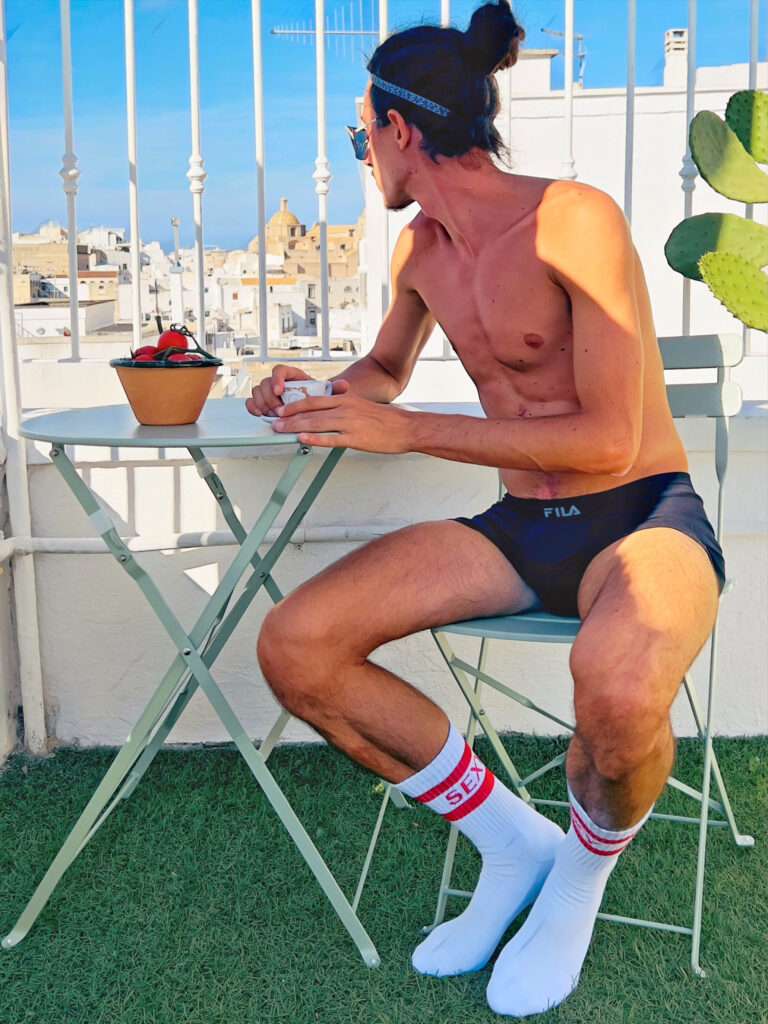
More | Love Italy, Love the Italian Language. A quick guide to some easy Italian to help you on your way:
Love Puglia, Love Puglia’s wines. A quick guide to Puglia’s best wines:
